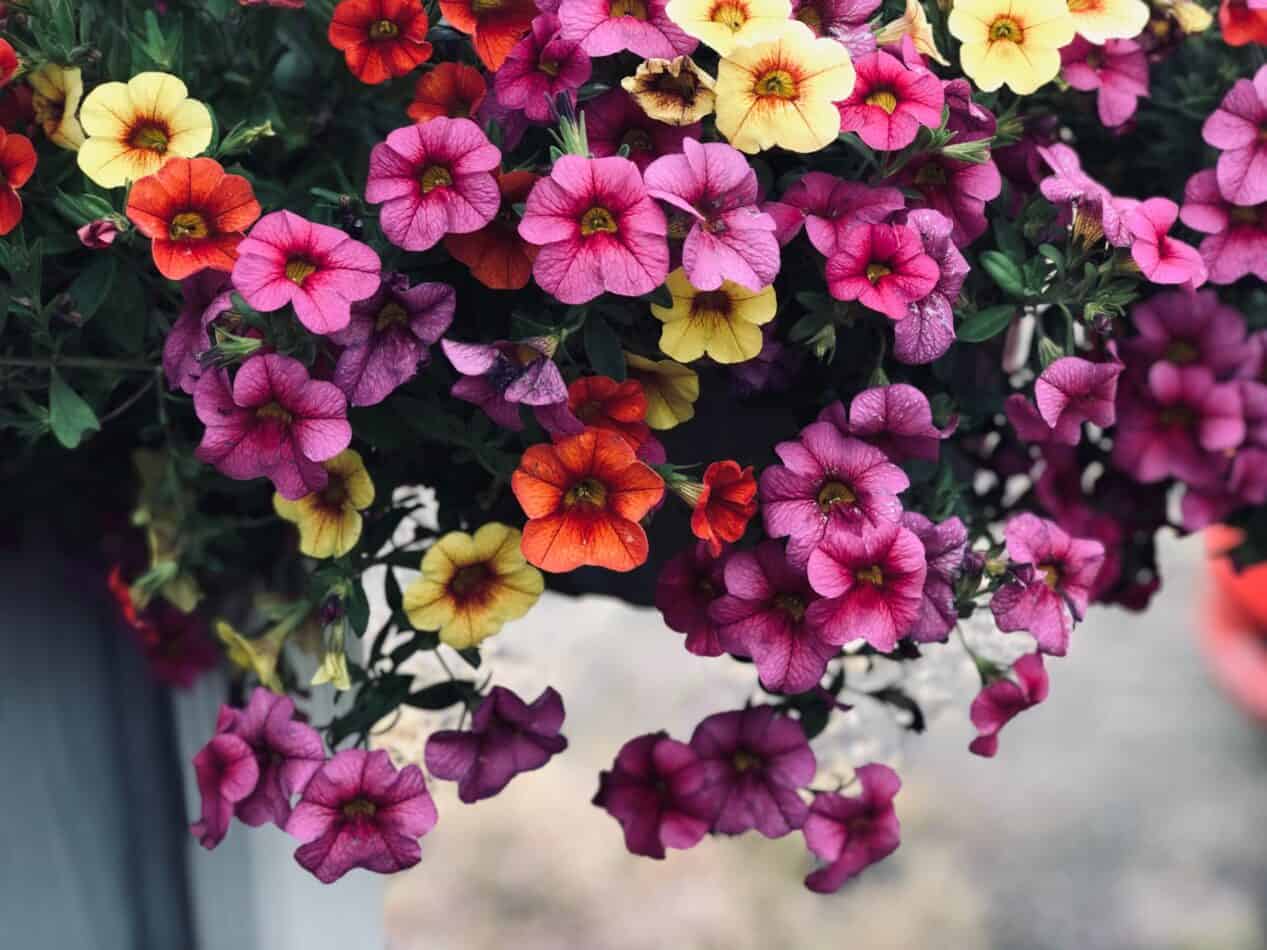Zantedeschia Aethiopica, more commonly known as the Calla lily, is a robust and hardy flowering plant that is often used as a decorative plant in gardens around the world. It is native to South Africa and has been found in numerous areas that receive more than enough full sunlight and constant moisture. The species comes in two varieties: hardy and tender. Hardy Zantedeschias are almost exclusively white, and they can remain dormant in the winter, returning to their natural state during the first season of spring. Tender Zantedeschias come in an array of colors and can bloom simply and spectacularly irrespective of the time of year.
Each flower has its own distinct shape. The plant’s spathe is a chalice-shaped blossom made of a single lip petal, while its spadix is a finger-like stalk that resembles a finger. The design of the flower is often described as a “portal” between two worlds. Despite its exotic appearance, the flower is incredibly yieldful and can be considered for both interior and exterior decoration.
Etymology
The genus name Zantedeschia is derived from an Italian botanist, Giovanni Zantedeschi, who identified and named the species in the early 1800s. The species name aethiopica is derived from its country of origin, Ethiopia. Other common names for the species include Arum Lily, Wild Balsam, and White Flag Lily.
How to Plant and Grow
Calla lilies require full direct sunlight and moist soil during the growing season. The soil should be humus-rich and provide the plant with adequate drainage. If the soil is too soggy, replace it or add organic material such as peat moss to help with drainage. The temperatures that are ideal for growth range from 60-75°F (16-24°C). It is also important to note that Calla lilies should be planted only where they will receive full sun, as they are not tolerant of a lot of shade.
Calla lilies need to be fertilized regularly to encourage blooming and to provide the plant with enough nutrients. Use a balanced fertilizer that is slow-release and contains phosphorus, nitrogen, and potassium. Apply the fertilizer to the base of the plant in late spring and then again in early summer. Water the fertilizer in deeply after each application.
Meaning and Symbolism
Calla lilies are traditionally associated with beauty, innocence, and fertility. They are also often used as a symbol to express faith and our relationship with God. In photos of wedding parties, the bride typically carries a bouquet of Calla lilies while the groom carries a single stem. They are also traditionally gifted to new mothers as a symbol of motherhood and good health.
History, Mythology, and Religious Significance
The Calla lily figure prominently in the mythology and religion of many cultures. In Ancient Greek mythology, Calla lilies are thought to be a symbol of Adonis and rebirth. In Hinduism, the Calla lily is a symbol of purity, and it is also known in Buddhism as a symbol of compassion. In Christianity, they have long been associated with the Virgin Mary, who is often depicted holding a Calla lily.
Flower Varieties and their Defining Characteristics
Zantedeschia aethiopica comes in two varieties, hardy and tender. The hardy type is mostly white and tends to survive winter and emerge in the spring. Tender varieties have colorful blooms and come in various colors such as pink, yellow, purple, orange, red, and even black. They are usually considered annuals, as they do not survive as well in colder temperatures.
How to Pot and Repot
Calla lilies can be propagated either by seed or by potting and repotting. To propagate by seed, sow the seeds in a sterile mix of vermiculite and sand. The seeds should get approximately 6 to 8 weeks at 65 °F to germinate. Once the seedlings are about 3 inches tall, transplant them into individual 4-inch pots. Make sure to provide them with even amounts of moisture and light.
For potting and repotting, use a well-drained soil and a container that “breathes”. Choose a potting mix with a neutral pH and some slow-release fertilizer. Feed the plants every other week with a balanced fertilizer such as 10-10-10 or 20-20-20. During the summer season, Calla lilies need regular watering in order to remain moist. During winter, the water needs to be reduced to prevent root rot and to protect the delicate blooms.
How to Prune
Calla lilies can benefit from pruning for several reasons. It encourages more even growth, promotes branching and produces more flowers. When pruning, you should focus on removing faded flowers, as well as any diseased or damaged foliage. Always use a pair of clean, sharp garden shears when pruning the plant. Pruning after the blooms have faded is usually the best time, as it allows the plant to recover and grow efficiently.
How to Propagate
Propagating Calla lilies is relatively simple and can be done in a number of ways. Dividing is the most common method of propagation as it requires no tools and results in more vigorous plants. Simply dig up the plant and gently separate the sections with your hands. Replant the sections back into the same soil and water them thoroughly. Another simple way to propagate Calla lilies is to plant the seedlings in small pots and keep them in a sunny location with even moisture.
Common Pests and Diseases
Calla lilies are susceptible to several common pests and diseases. The most common pests that can cause damage to Calla lilies are aphids, mealybugs, and spider mites. These pests can cause leaves to yellow and wilt and can attract parasites like scale insects. To control them, you can use insecticidal soap or neem oil. Other diseases that may affect your Calla lilies are root rot, powdery mildew, and crown rot.
The best way to prevent disease and pests is to ensure proper care and maintenance. Plant your Calla lilies in well-draining soil and in an area that gets enough sunlight. Water them thoroughly and maintain the soil pH around neutral. This will help the plant to grow and stay healthy.
Frequently Asked Questions
Q. What type of Calla Lily is Zantedeschia aethiopica?
A. Zantedeschia aethiopica is a hardy Calla Lily. It is native to South Africa, and it is often referred to as the Arum Lily. It typically grows in full sun and requires moist soil.
Q. How do you propagate Calla Lily?
A. You can propagate Calla Lily by either sowing the seeds or dividing the plant. To divide the plant, simply dig it up and gently separate the sections with your hands. Replant the sections and water them thoroughly.
Q. What pests and diseases are common for Calla Lily?
A. Common pests for Calla Lily include aphids, mealybugs, and spider mites. Common diseases for Calla Lily include root rot, powdery mildew, and crown rot. To prevent disease and pests, you should ensure proper care and maintenance and maintain the soil pH around neutral.
Table Fact Sheet
| Category | Information |
|---|---|
| Family | Araceae |
| Plant Type | Perennial |
| Mature Size | 1 foot |
| Sun Exposure | Full Sun |
| Soil Type | Well-drained and Humus-rich |
| Soil pH | Neutral |
| Bloom Time | Summer |
| Flower Color | White, Pink, Yellow, Orange, Red and Black |
| Hardiness Zones | 7-10 |
| Native Area | South Africa |
What we love from Amazon this week
Buy these wonderful flowers directly from Amazon:















